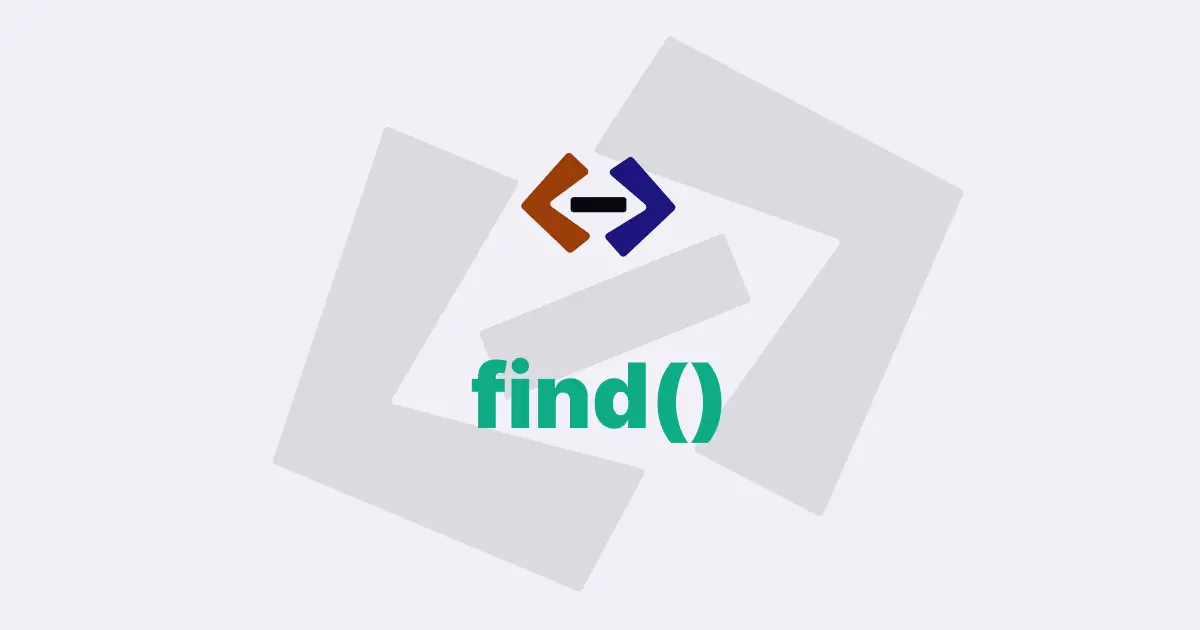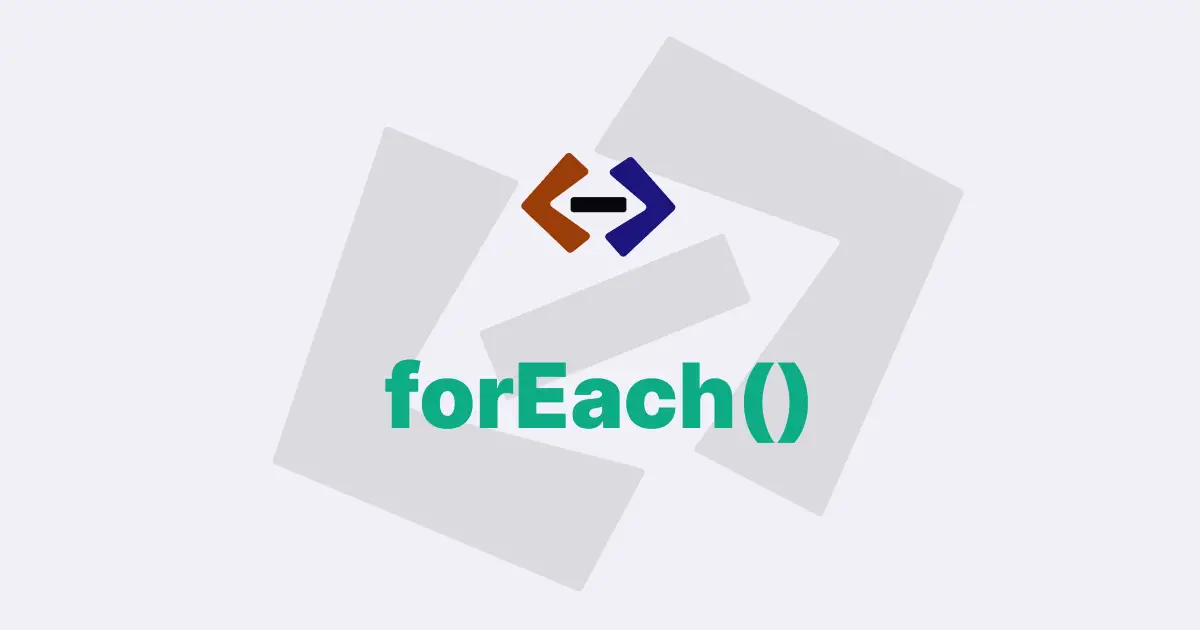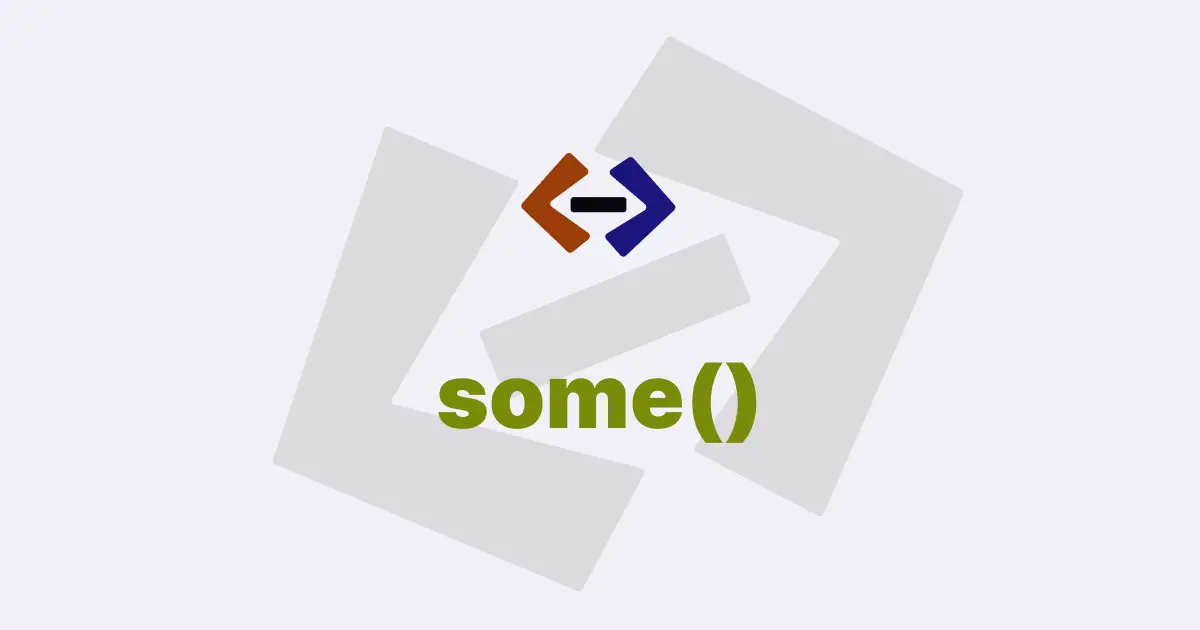The every() method in JavaScript is a built-in array method that allows you to test whether all elements of an array pass a particular condition or criteria.
It provides a concise and efficient way to check if all elements in an array satisfy a given condition, without manually iterating through the array and performing the check yourself.
n this response, we will explore in detail the use of the every() method, including its syntax, behavior, and examples.
Syntax for every() method:
The syntax for the every() method is as follows:
array.every(callback[, thisArg])where:
-
array: The array on which the method is called. It is the array that you want to perform the test on. -
callback: The callback function that is used to test each element of the array. It is a required parameter and must be a function. -
thisArg (optional): An object that can be used as the value of this inside the callback function. If not provided, undefined is used as the default value of this inside the callback function.
The callback function takes three arguments:
-
currentValue: The current element being processed in the array. -
index: The index of the current element being processed. -
array: The array on which the every() method was called.
Return Value:
The every() method returns a boolean value:
-
true: If the callback function returnstruefor all elements in the array. -
false: If the callback function returnsfalsefor any element in the array.
Behavior:
The every() method iterates through each element of the array and calls the callback function on each element. It starts with the first element of the array and continues until either all elements have been processed or the callback function returns false for any element. If the callback function returns false for any element, the every() method immediately returns false without processing the remaining elements. If the callback function returns true for all elements, the every() method returns true.
For example:
const numbers = [2, 4, 6, 8, 10];
const isEven = (num) => num % 2 === 0;
const result = numbers.every(isEven);
console.log(result); // true, because all numbers are evenIn this example, the every() method is used to check if all numbers in the numbers array are even using the isEven callback function. Since all numbers in the array are even, the every() method returns true.
Here are some common usecases:
1. Checking for a condition in all elements of an array:
One of the most common use cases for the every() method is to check if all elements in an array satisfy a specific condition.
For example, you can use the every() method to check if all numbers in an array are positive, if all strings in an array are of a certain length, or if all objects in an array have a certain property.
For example:
// Example: Checking if all numbers in an array are positive
const numbers = [10, 20, 30, 40, 50];
const isPositive = (num) => num > 0;
const result = numbers.every(isPositive);
console.log(result); // true, because all numbers are positiveIn this example, the every() method is used to check if all numbers in the numbers array are positive using the isPositive callback function. Since all numbers in the array are positive, the every() method returns true.
2. Validating input data:
The every() method can also be used to validate input data in an array. For example, you can use it to check if all required fields are present in an array of objects or if all elements in an array meet a certain format or pattern.
// Example: Validating input data in an array of objects
const users = [
{ name: "John", age: 25 },
{ name: "Alice", age: 30 },
{ name: "Bob", age: 22 },
];
const isValidUser = (user) =>
user.name &&
user.age &&
typeof user.name === "string" &&
typeof user.age === "number";
const result = users.every(isValidUser);
console.log(result); // true, because all objects have name and age propertiesIn this example, the every() method is used to validate if all objects in the users array have name and age properties, and if the name property is a string and the age property is a number. Since all objects in the array meet the validation criteria, the every() method returns true.
3. Checking for array emptiness:
The every() method can also be used to check if an array is empty, i.e., if it contains no elements. You can use it in combination with a callback function that always returns true to check if all elements in the array satisfy that condition.
// Example: Checking if an array is empty
const array1 = [];
const array2 = [1, 2, 3];
const isEmpty1 = array1.every(() => true);
const isEmpty2 = array2.every(() => true);
console.log(isEmpty1); // true, because array1 is empty
console.log(isEmpty2); // false, because array2 is not emptyIn this example, the every() method is used to check if array1 is empty by passing a callback function that always returns true. Since there are no elements in array1, the every() method returns true.
Limitations of every() method:
However, it’s important to be cautious when using the every() method, as it has some limitations.
One limitation is that it only checks elements in the array and does not perform deep equality checks for nested objects or arrays.
Additionally, the every() method does not provide support for asynchronous operations or asynchronous callbacks.
In addition, keep in mind that the every() method is available in ECMAScript 5 and later versions of JavaScript.
Thank you for reading, and let’s have conversation with each other
Thank you for reading my article. Let’s have conversation on Twitter and LinkedIn by connecting.




